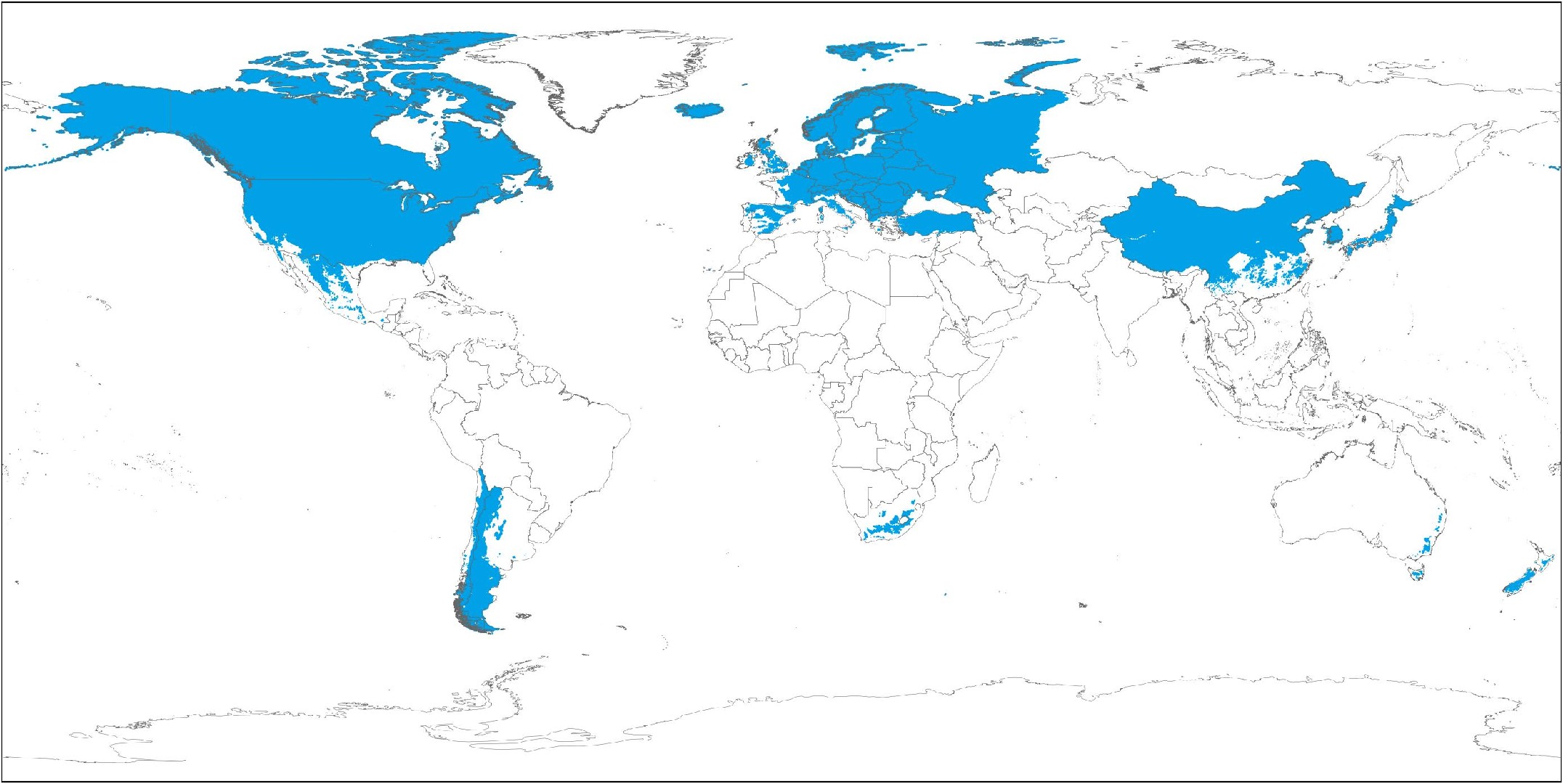What is the best way to water my Pinkladies?
When watering the Pinkladies, you should aim to use filtered water that is at room temperature. Filtered water is better for this plant, as tap water can contain particles that are harmful to its health. The reason that the water should be at room temperature or slightly warmer is that the Pinkladies comes from a warm environment, and cold water can be somewhat of a shock to its system. Also, you should avoid overhead watering for this plant, as it can cause foliage complications. Instead, simply apply your filtered room temperature water to the soil until the soil is entirely soaked. Soaking the soil can be very beneficial for this plant as it moistens the roots and helps them continue to spread through the soil and collect the nutrients they need.
![more]()
What should I do if I water my Pinkladies too much or too little?
Both overwatering and underwatering will be detrimental to the health of your Pinkladies, but overwatering is a far more common issue. When this species receives too much water, its stems and leaves may begin to wilt and turn from green to yellow. Overwatering over a prolonged period may also lead to diseases such as root rot, mold, and mildew, all of which can kill your plant. Underwatering is far less common for the Pinkladies, as this plant has decent drought tolerance. However, underwatering remains a possibility, and when it occurs, you can expect to find that the leaves of your Pinkladies have become brittle and brown. It is crucial that you notice the signs of overwatering as soon as possible when caring for your Pinkladies. Some of the diseases that arise from overwatering, such as root rot, may not be correctable if you wait too long. If you see early signs of overwatering, you should reduce your watering schedule immediately. You may also want to assess the quality of soil in which your Pinkladies grows. If you find that the soil drains very poorly, you should replace it immediately with a loose, well-draining potting mix. On the other hand, if you find signs that your Pinkladies is receiving too little water, all you need to do is water more regularly until those signs have subsided.
![more]()
How often should I water my Pinkladies?
If your plant is in a pot. The most precise way to decide whether your Pinkladies needs water is to plunge your finger into the soil. If you notice that the first two to three inches of soil have become dry, it is time to add some water. If you grow your Pinkladies outdoors in the ground, you can use a similar method to test the soil. Again, when you find that the first few inches of soil have dried out, it is time to add water. During the spring and early fall, this method will often lead you to water this plant about once every week. When extremely hot weather arrives, you may need to increase your watering frequency to about twice or more per week. With that said, mature, well-established the Pinkladies can show an admirable ability to withstand drought.
![more]()
How much water does my Pinkladies need?
When it comes time to water your Pinkladies, you should not be shy about how much water you give. With the first two to three inches of soil dry, this plant will appreciate a long and thorough watering. Supply enough water to soak the soil entirely. The amount of water you add should be enough to cause excess water to flow through the drainage holes at the bottom of your pot. If you don’t see excess water draining from the pot, you have likely underwatered your plant. But do not let the water accumulate inside the soil, which will be very dangerous to the plant as well. Alternatively, a lack of water draining through the pot could indicate poorly draining soils, which is detrimental to the health of this plant and should be avoided. If the plant is outside, 1 inch of rain per week will be sufficient.
![more]()
How should I water my Pinkladies at different growth stages?
The water needs of the Pinkladies can change depending on growth stages as well. For example, when your Pinkladies is in the first few years of its life, or if you have just transplanted it to a new growing location, you will need to give more water than usual. During both of those stages, your Pinkladies will put a lot of energy towards sprouting new roots that will then support future growth. For those roots to perform their best, they need a bit more moisture than they would at a more mature phase. After a few seasons, your Pinkladies will need much less water. Another growth stage in which this plant may need more water is during the bloom period. Flower development can make use of a significant amount of moisture, which is why you might need to give your Pinkladies more water at this time.
![more]()
How should I water my Pinkladies through the seasons?
The Pinkladies will have its highest water needs during the hottest months of the year. During the height of summer, you may need to give this plant water more than once per week, depending on how fast the soil dries out. The opposite is true during the winter. In winter, your plant will enter a dormant phase, in which it will need far less water than usual. In fact, you may not need to water this plant at all during the winter months. However, if you do water during winter, you should not do so more than about once per month. Watering too much at this time will make it more likely that your Pinkladies will contract a disease.
![more]()
What's the difference between watering my Pinkladies indoors and outdoors?
It is most common to grow the Pinkladies indoors for any gardener that does not live in temperate and tropical regions. Those gardeners should consider the fact that soil in a container can dry out a bit faster than ground soil. Also, the presence of drying elements such as air conditioning units can cause your Pinkladies to need water on a more frequent basis as well. if you planted it outside. When that is the case, it’s likely you won’t need to water your Pinkladies very much at all. If you receive rainfall on a regular basis, that may be enough to keep your plant alive. Alternatively, those who grow this plant inside will need to water it more often, as allowing rainwater to soak the soil will not be an option.
![more]()
Do I need to prune my Pinkladies?
Far from damaging the plant, regular pruning will actually encourage Pinkladies to produce more blooms. There are two primary forms of pruning for Pinkladies. The first is deadheading, which is the gardening term for removing spent flower heads once they start to wither. This concentrates the nutrients for the other flowers and allows the plant to flower better. The final process for pruning Pinkladies is the removal of yellow and diseased leaves, which increases plant ventilation and light penetration and facilitates plant growth. When nature runs its course, Pinkladies will bloom once, produce seed heads, and attempt to reproduce for the rest of the year. But, by consistently removing flower heads before they go to seed, you encourage the plant to continue producing more blooms for a longer flowering time. When the plant starts to wilt during the full, you should cut off the wilted part above the soil as well.
![more]()
When is the best time to prune my Pinkladies?
There are two primary forms of pruning for Pinkladies. The first is deadheading, which is the gardening term for removing spent flower heads once they start to wither. This concentrates the nutrients for the other flowers and allows the plant to flower better. The final process for pruning Pinkladies is the removal of yellow and diseased leaves, which increases plant ventilation and light penetration and facilitates plant growth. Since Pinkladies requires two types of pruning, you’ll be trimming your plants throughout the growing season. Pinching is most effective in the early spring before the plant develops any flower buds. Removal of yellowing or diseased leaves can be done at any time during the growing season. When nature runs its course, Pinkladies will bloom once, produce seed heads, and attempt to reproduce for the rest of the year. But, by consistently removing flower heads before they go to seed, you encourage the plant to continue producing more blooms for a longer flowering time. Finally, deadheading takes place as soon as the plants are producing full flower heads. Expect to take off spent blossoms from mid-summer through the first frosts of fall. When the plant starts to wilt during the full, you should cut off the wilted part above the soil as well.
![more]()
What tools should I prepare for pruning my Pinkladies?
Pinkladies doesn’t take much special equipment for pruning. A basic pair of scissors or garden shears should do the trick. It’s a good idea to ensure they are clean before use—you can soak them for thirty minutes in a solution of one part bleach diluted in nine parts water. This reduces the risk of spreading disease lingering on contaminated equipment into your flower garden. Some gardeners avoid using tools altogether and merely pinch off the blossoms with their fingertips. That can be a faster technique, but you run a larger risk of bruising the plant stems or accidentally pulling them out of the ground completely.
![more]()
Are there any instructions for pruning my Pinkladies?
Here’s an overview of pruning instructions for Pinkladies based on which of the two types you’re completing. By completing these two types of pruning over the lifespan of your Pinkladies, you’ll encourage them to produce bigger, better flowers for far longer than the plants would otherwise. It only takes a few minutes to complete each step of the pruning process, and you’ll reap the rewards of your efforts for weeks to come. Deadheading Deadheading is a fast, easy way to refresh your garden by removing old flowers and providing space for new ones to take their place. You can use your fingers to pop off old flower heads as soon as they look tired, although you’re less likely to damage the plant if you use shears instead. When deadheading, make sure you cut well below the flower so that you aren’t left with a long, flowerless stem sticking out in your garden bed. Instead, cut the stem to just above the point where the side stem joins the main plant. Remove yellow and diseased leaves, this increases the ventilation and light penetration of the plant and facilitates its growth. When pruning, the leaves need to be trimmed off together with the petiole. It is best to use sterilised scissors to cut them off. Note: It’s a good idea to ensure scissors or garden shears are clean before use—you can soak them for thirty minutes in a solution of one part bleach diluted in nine parts water. This reduces the risk of spreading disease lingering on contaminated equipment into your flower garden.
![more]()
What type of sunlight does Pinkladies need?
Pinkladies needs full sun every day, and these plants rely on a minimum of six hours of sunlight to keep their leaves, roots, and blooms in a healthy state. Even though most perennials need six hours of sunlight a day, plants like the Orange Daylily or Giant Coreopsis could live off less sun for a minimum of three hours daily. Even though these perennial flowering plants can live with only three hours of direct sunlight, they won't be able to thrive like they would in sunnier conditions.
![more]()
Can sunlight damage Pinkladies? How to protect Pinkladies from the sun and heat damage?
The few Perennial Flowering Plants that don't like excessive heat in warm climates might react poorly to too much sun if they have heat damage. These plants may wilt or dry out from too much sun and may also develop growth issues if they're regularly in the sun during the most intense heat of the day. Some plants don't need protection from the light afternoon sun, but those that are harmed by intense afternoon exposure should be provided some shade in warmer climates. Gardeners could give these plants plenty of shade by planting them in spots that don't receive direct heat during the afternoon, like under trees or behind bushes.
![more]()
Should I protect Pinkladies from sun exposure?
While many perennial plants need plenty of sun to bloom to their fullest extent, some of them benefit from less sun in warmer climates. For example, people who live in hotter climates might want to provide shade for their flowering perennials in the hot afternoon sun, and this is even more true for months in the summer. Even though some perennial flowering plants will benefit from partially shaded in the hottest climates, plants like the Giant Coreopsis aren't intimidated by too much sun. They might sit outside in the full sun in hot weather and still thrive.
![more]()
What will happen if Pinkladies gets inadequate sunlight?
If you're growing Pinkladies and you aren't getting enough sunlight, you'll notice signs of inadequate requirements in your plants. Most plants won't produce as many blooms as they would if they had full sun exposure. Some plants will develop dry spots on their leaves, but most of these plants will still bloom in the inadequate sun. Even though they bloom, the flowers will be smaller and less full.
![more]()
Does Pinkladies need special care about sunlight during its different growth stages?
Pinkladies is great flowers in gardens and will have optimum blooming if it gets six hours of sunlight a day minimum. Sometimes, flowers stay fresh longer if they're partially shaded during the really hot parts of the day. When Pinkladies is young, gardeners want to ensure their younger plants are getting plenty of sunlight but don't have to endure intense heat during the afternoon sunlight. If you have a fully mature plant, provide it with plenty of sun so it may keep up its growth properly.
![more]()
How much light does Pinkladies need for photosynthesis?
Pinkladies will need a minimum of six hours of light to best support their photosynthesis cycles. These flowering plants need the sun to help their foliage and blooms grow. However, certain perennial flowering plants like the Giant Coreopsis might need anywhere from eight to twelve hours of full sun a day to maintain their large flowers and healthy foliage.
![more]()
How much light should Pinkladies get per day to grow healthily?
If you want your Pinkladies to grow healthy and bloom as much as possible during its blooming season, you should try to give your plant six hours of direct sunlight. Some perennial plants might even do more sunlight and could sit in the sun for up to twelve hours, depending on the heat in the area and the general environment. Plants like the Red Hot Poker and Giant Coreopsis thrive in much hotter climates and might sit in all types of strong sunlight. Some home gardeners have to use grow lights because their spaces don't allow for tons of outdoor sunlight. Most perennials could grow happily in grow lights, but they will need anywhere from eight to fourteen hours of artificial light to stay strong since these lights don't have as much power as the sun.
![more]()
What is the optimal temperature for Pinkladies?
The best temperature for Pinkladies depends on the time of year. There are two primary seasons to discuss for temperature: the growing season, and the dormancy season. During the growing season, once Pinkladies has begun to sprout, the ideal temperature range should be anywhere from 65~80℉(18~27℃). Any colder than 15℉(-10℃), and the plant will suffer; its leaves may brown and wilt, but if this is a short cold snap, then Pinkladies may be able to survive with some help. During the warmer parts of the year, Pinkladies will need to be similarly protected from temperatures that are too high. 95-105℉ (35-40℃) is the top of this plant’s temperature range, and anything above that will compromise the integrity of the foliage and blooms of Pinkladies. Hotter temperatures can cause wilting, drooping, and even sunburn on the leaves, which can be difficult for Pinkladies to recover from. There are quite a few ways to combat this issue that are quick and easy!
![more]()
Temperature requirements for first year or seedling Pinkladies
If this is the first year of your Pinkladies outside as a new plant, then it may need a little extra tending during the coldest months of the year. Not only can frost more severely damage a first-year Pinkladies, but it can also prevent it from growing back as a healthy plant come spring. This plant needs to be kept at 40℉(5℃) or above when they’re not yet established, which can be done either by bringing your Pinkladies inside for a month or two, or putting up mulch or fabric barriers that protect from frost damage. It’s also a good idea to plant Pinkladies in a shadier spot during the first year or two, as smaller and weaker plants have a more difficult time maintaining their own temperatures in the heat. First-year Pinkladies should receive no more than five hours of direct sunlight per day, particularly if the ambient daytime temperature gets above 80℉(27℃). Shadecloth and frequent watering or misting are the keys to summer heat control.
![more]()
How can I protect Pinkladies from extreme temperatures?
If cold temperatures (below 15℉(-10℃)) do occur during the growing season, there are a few measures you can take to help protect Pinkladies from frost or cold damage. If you’re growing Pinkladies in a container, then the container can simply be brought inside in bright, indirect light until the temperatures rise up over the lower threshold again. Another option that’s better suited for ground-planted Pinkladies is to use mulch or horticultural fabric to create an insulated barrier around the plant, which will protect the plant from frost and cold wind. For temperatures that are hotter than 80℉(27℃) in the shade during the day, be careful to only expose Pinkladies to six hours or less of sunlight per day, preferably in the morning hours. Putting up shade cloth, or a fine plastic mesh, can help reduce the amount of direct sunlight that hits the plant during the hottest parts of the day. You can also install a misting system that allows for a slow release of cooling mist around the base of the plant during the day to lower ground temperatures.
![more]()
Dormant season temperature recommendations for Pinkladies
During the cold winter months, Pinkladies needs a certain measure of cold in order to stay in dormancy until it’s time to sprout. Sprouting too early, that is before the danger of the last frost has passed, can be fatal to Pinkladies, especially if it’s already had a head start when the frost hits. Winter temperatures should ideally stay below 32℉(0℃), but if they get up to 40℉(5℃), everything will be just fine. An unexpected warm spell during the cold months, which can happen in more temperate climates like woodland rainforests, can trigger a premature sprout from Pinkladies. In this case, if there’s still imminent danger of frost, you may want to try covering it with clear plastic on stakes so that the cold has less of a chance of damaging the new sprout. This setup can be removed when the danger of frost has passed. Occasionally, Pinkladies will be able to resprout at the correct time without any help, but this method increases the chances of a successful second sprouting.
![more]()
Why do I need to fertilize my Pinkladies?
Fertilization is important to the Pinkladies for several general reasons. Mainly, fertilization helps Pinkladies and other plants by providing key nutrients that help the plant grow both above and below ground. However, the overall fertilization needs for a Pinkladies are relatively low. At times, a Pinkladies may survive well without fertilization. However, annual fertilization is can be very beneficial to the Pinkladies, as it will help keep the plant alive and may also encourage your Pinkladies to create better flowers that last for longer. As such, those interested in helping their Pinkladies look its best should keep up with annual fertilization.
![more]()
When is the best time to fertilize my Pinkladies?
The ideal time to fertilize a Pinkladies is in the late winter to early spring. During that time, your Pinkladies will be exiting its dormant phase and entering a phase of active growth. Fertilization at this time allows the plant to get off to a great start for the season by encouraging healthy growth. While it is generally most advantageous to fertilize a Pinkladies during the early spring, it is also permissible to fertilize a Pinkladies during the fall too. However, summer and winter remain the seasons in which it is not a good idea to feed a Pinkladies.
![more]()
When should I avoid fertilizing my Pinkladies?
You should not fertilize your Pinkladies during any time of the year except during the late winter and early spring. The low fertilization needs of this plant allow a single annual feeding to suffice. Continuing to fertilize throughout spring, summer, and fall can easily lead to overfertilization and all of the complications that can come with it. The only exception is if you did not fertilize in spring, which means that it is permissible to feed this plant in fall. Along with refraining from fertilizing for most of the growing season, there is also no reason to fertilize this plant during the winter. In winter, the Pinkladies will be in a dormant growth phase, meaning that it does not put forth new growth. With that being the case, fertilization during most of the winter is not advisable.
![more]()
What type of fertilizer does my Pinkladies need?
Nearly any kind of general-purpose fertilizer with a balanced amount of the three main plant nutrients will work well for a Pinkladies. However, there are a few specific nutrient blends that can be even more beneficial. For instance, many gardeners follow the belief that higher volumes of phosphorus make for stronger roots and better flowers. Since Pinkladies is a flowering plant, applying a phosphorus-rich fertilizer may be the best approach. You can use a fertilizer that comes in a granular form or a liquid form as long as there are plenty of nutrients present. Outside of manufactured fertilizers, you can also use more organic means to improve the soil for your Pinkladies. Mainly, compost, manure, and similar materials can go a long way towards creating a healthy growing medium for your Pinkladies.
![more]()
How do I fertilize my Pinkladies?
The most common way to fertilize a Pinkladies is to apply a granular or pellet fertilizer to the soil around your plant. Remember that the ideal time to fertilize is as the plant is exiting its winter dormant growth phase and entering a phase of active growth. In early spring, wait until the plant begins to send shoots through the soil, and then apply your fertilizer. Some people may choose to use a liquid fertilizer instead of a granular one. In that case, you should dilute the fertilizer with water before applying it. Regardless of whether you use granular or liquid fertilizer, it is always best to moisten the soil before, during, and after you apply fertilizer.
![more]()
What happens if I fertilize my Pinkladies too much?
As you care for your Pinkladies, recall that this plant does not need a lot of fertilizer each year and will begin to suffer if it receives too much. Firstly, any overfertilized plant runs the risk of fertilizer burn, a condition in which excessive amounts of fertilizer draw nutrients and moisture out of the plant's roots, causing its decline. Also, overfertilizing a Pinkladies is also a way of weakening your plant and making disease far more likely. There is also a potential that overfertilization could cause your Pinkladies to flower less or not at all, which is a significant detriment considering the blooms of this plant are what make it so valuable and sought after by so many gardeners.
![more]()







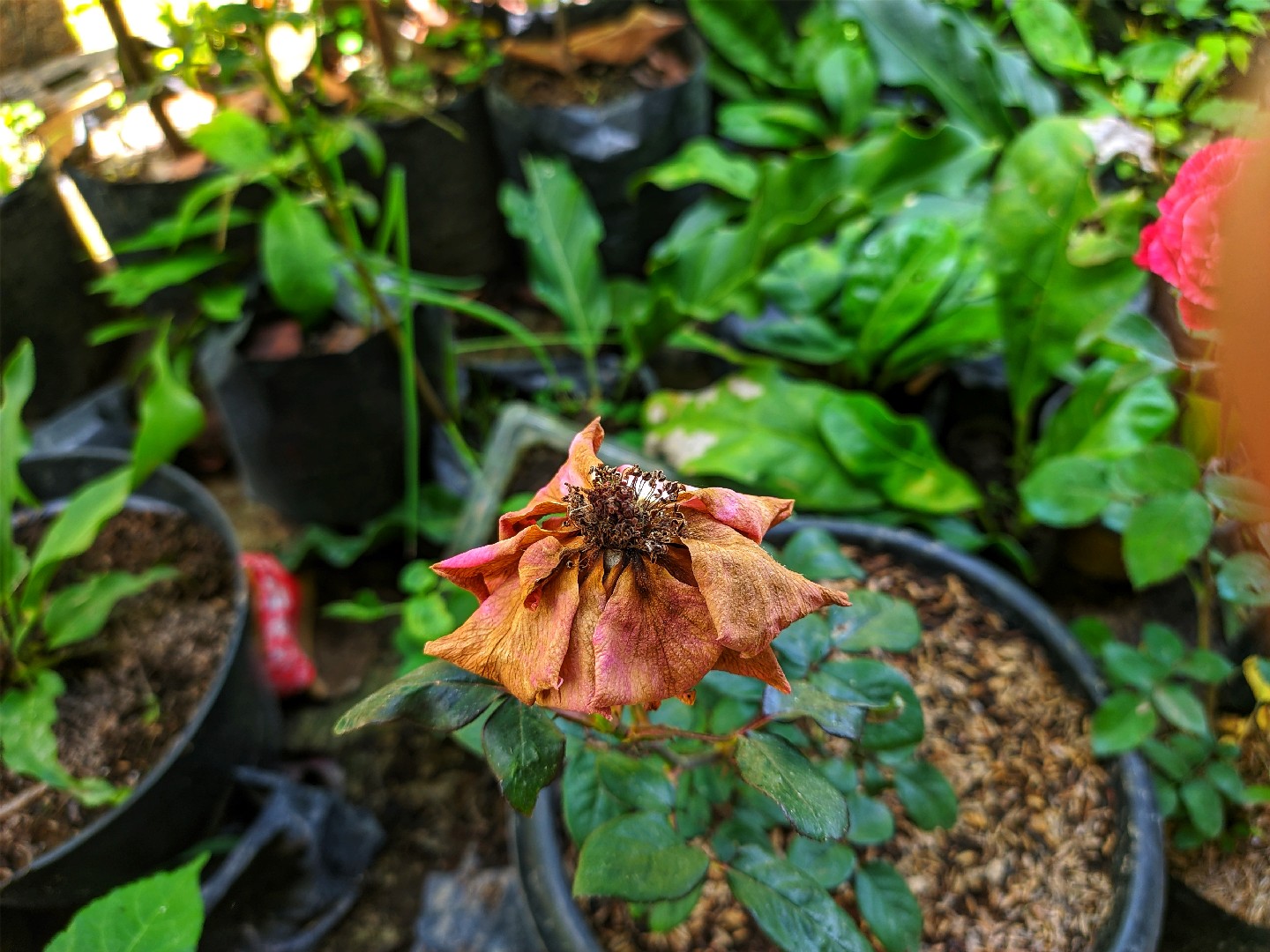

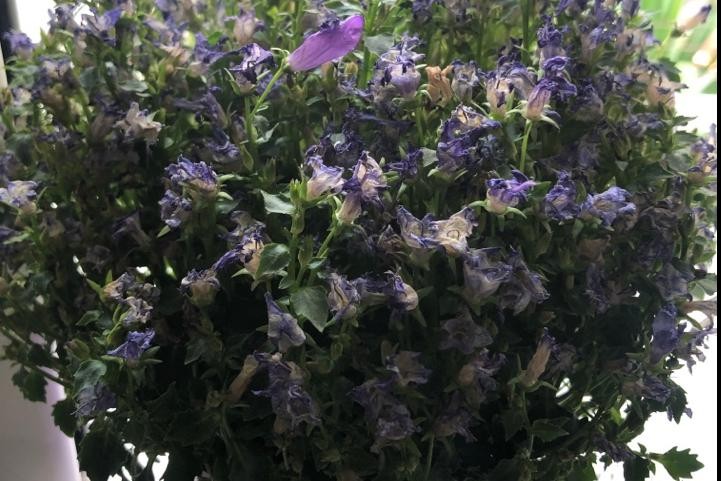
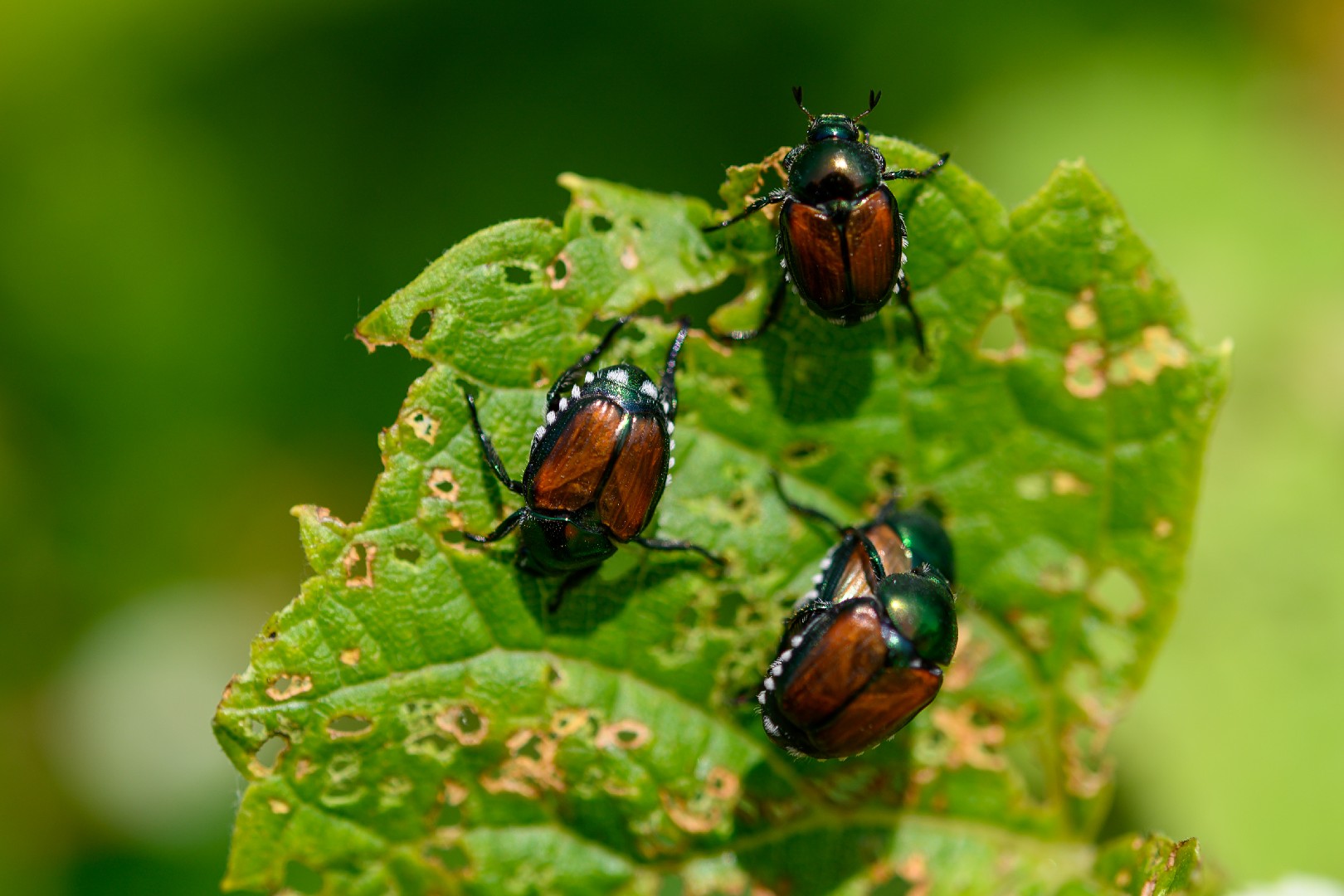

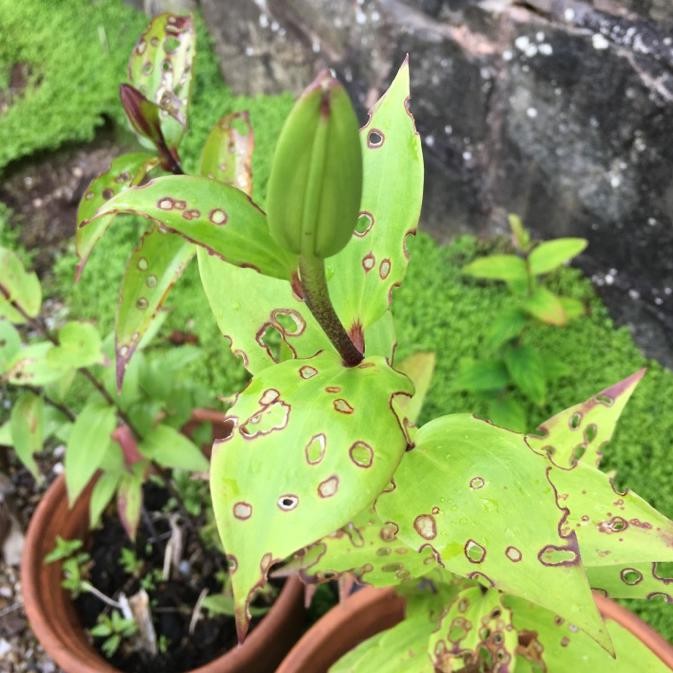
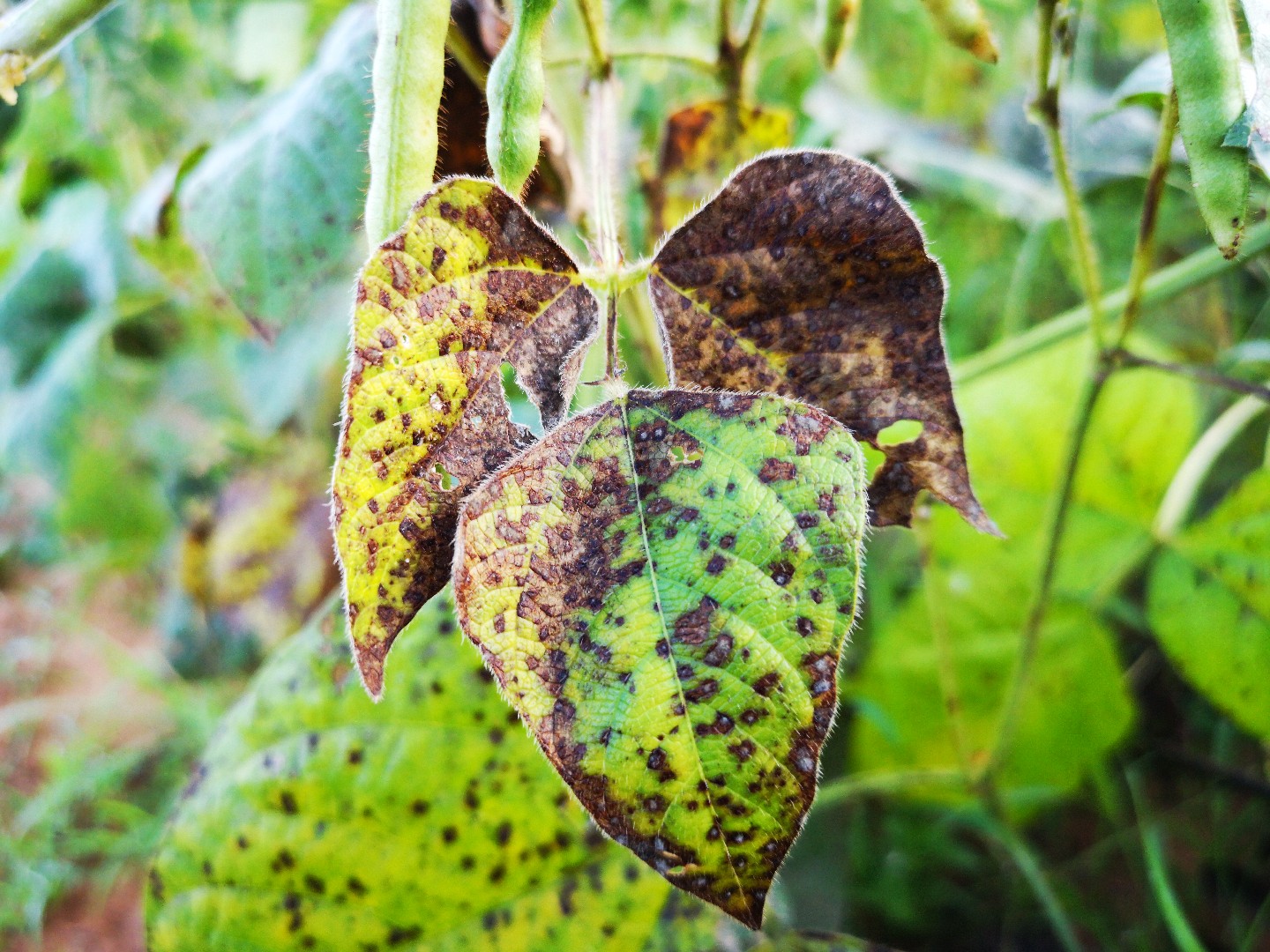
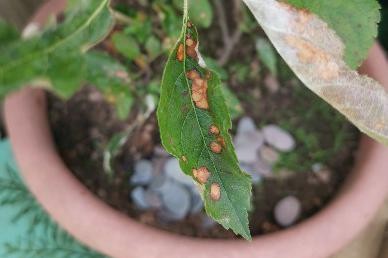
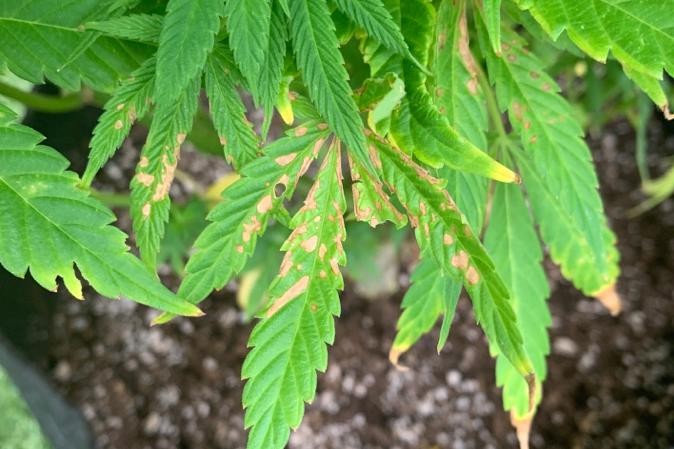
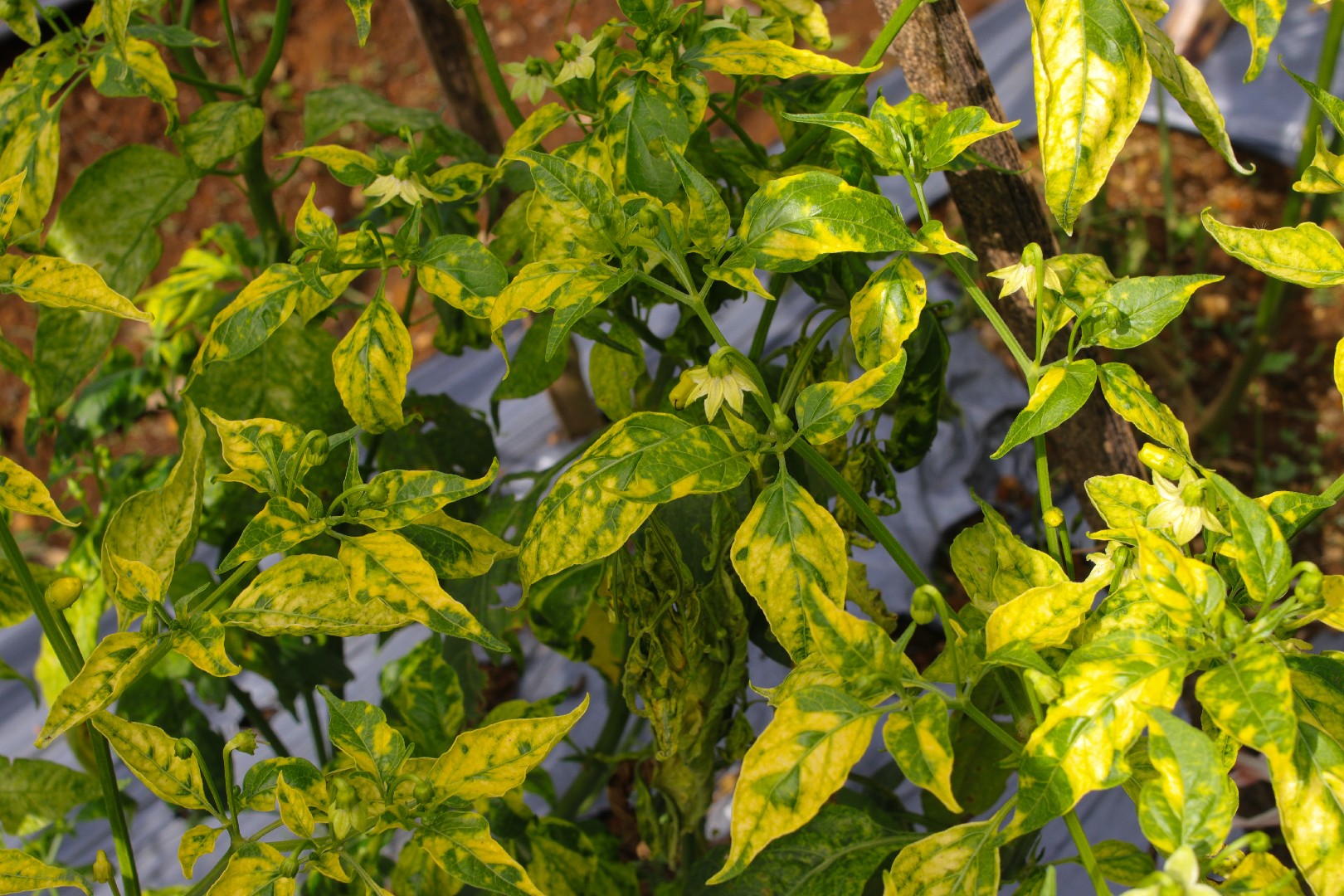
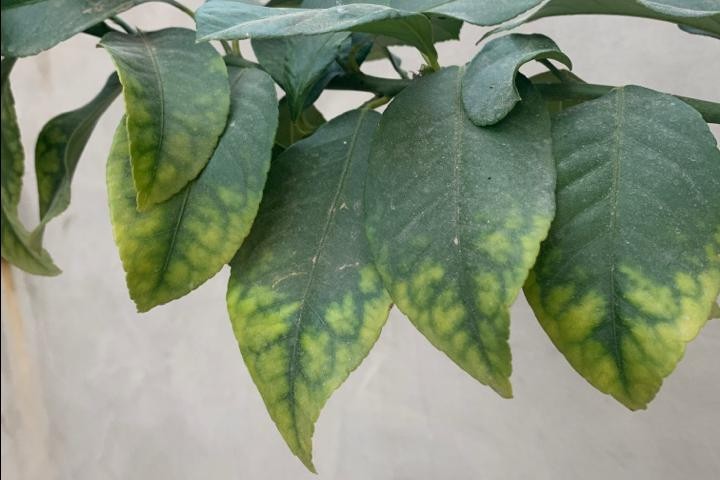
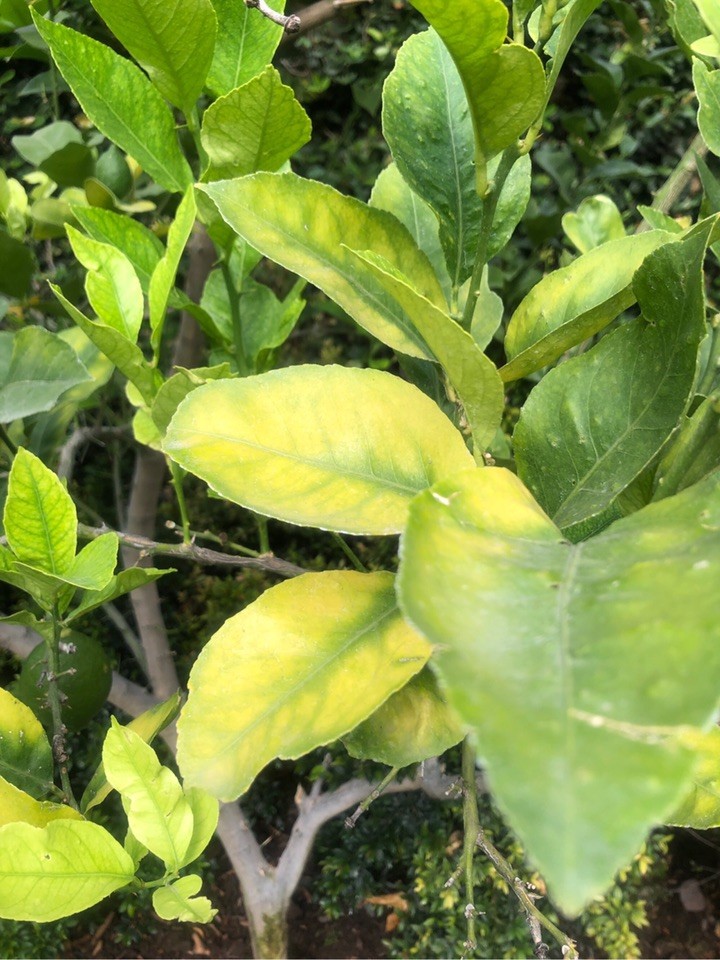




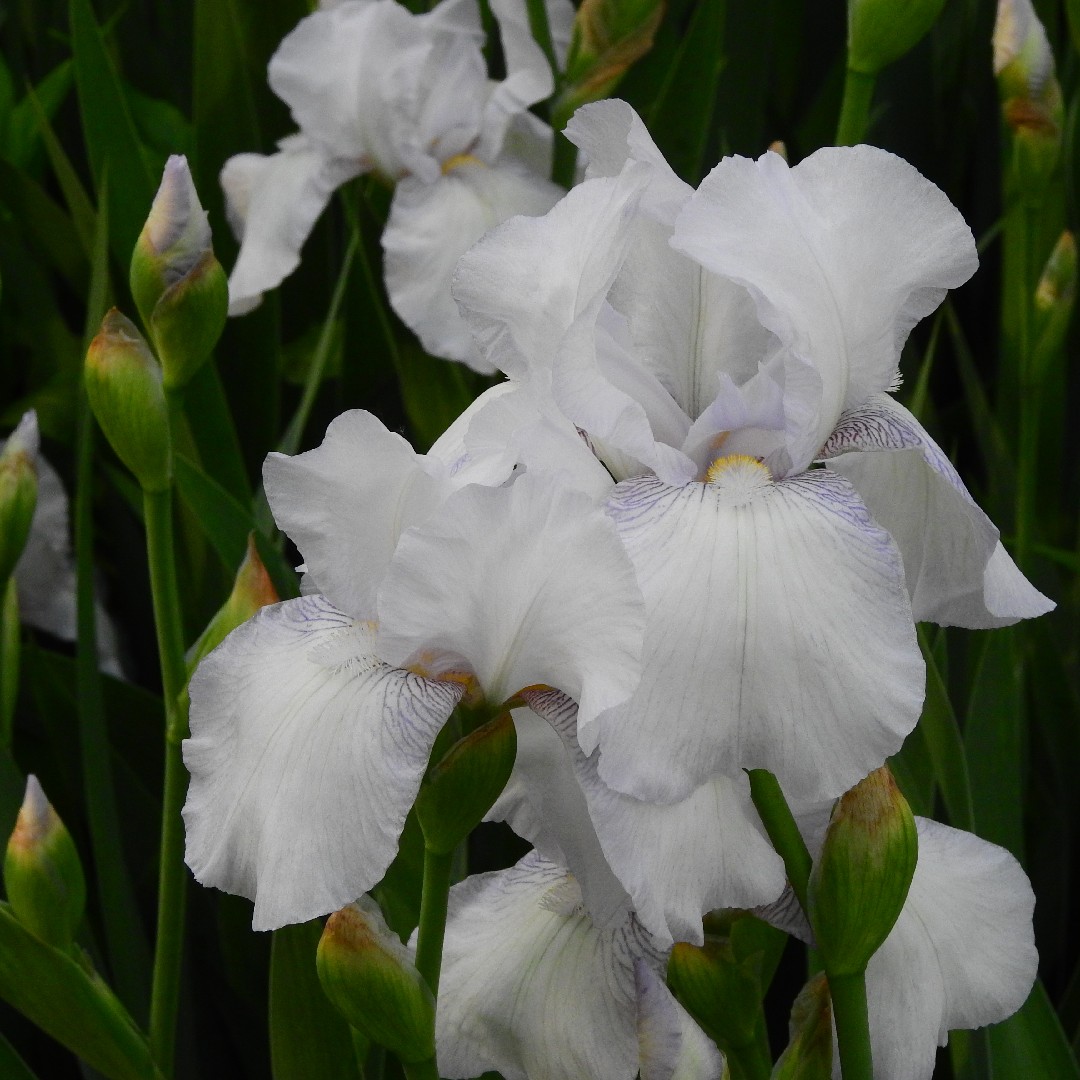

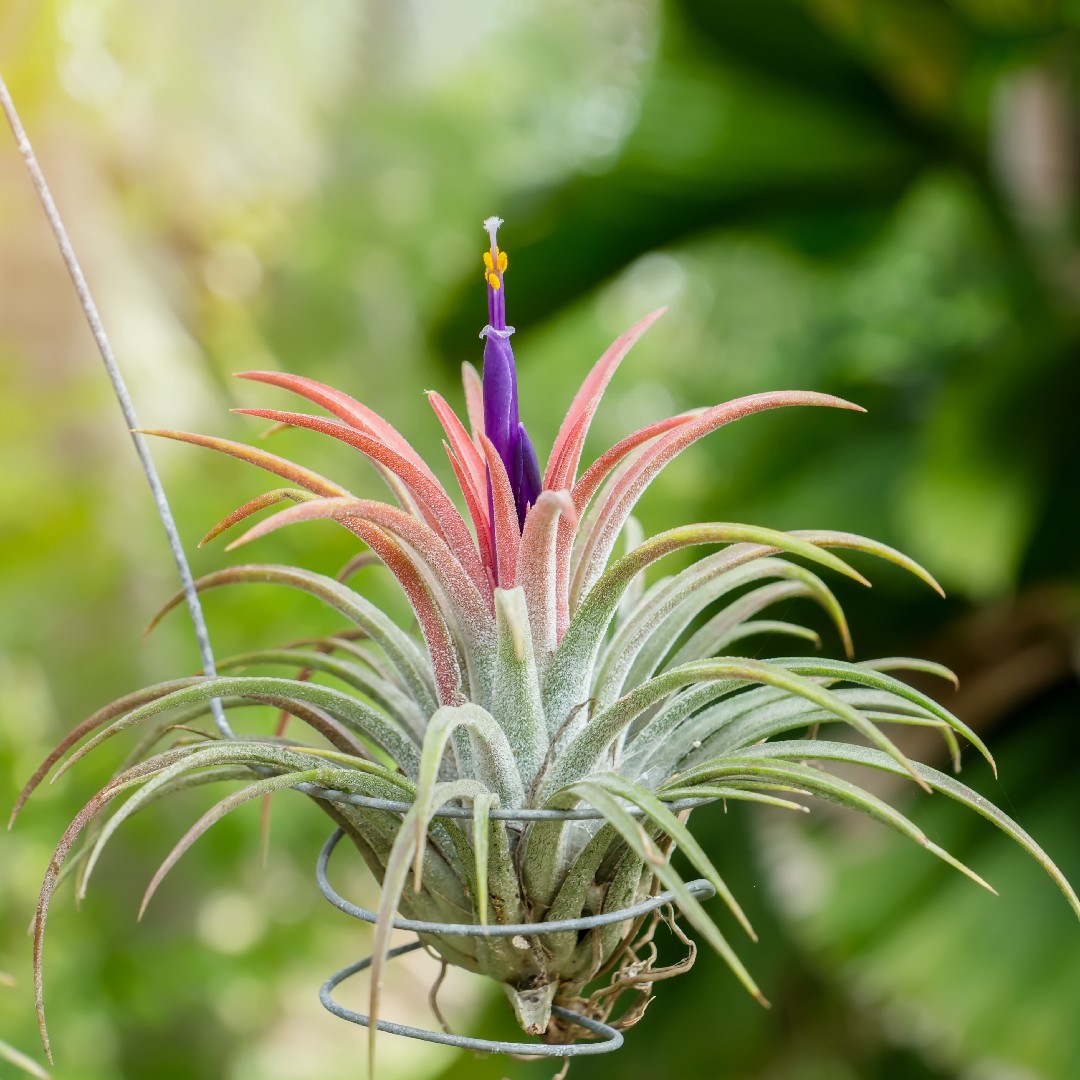











 Watch how sunlight gracefully moves through your garden, and choose spots that provide the perfect balance of light and shade for your plants, ensuring their happiness.
Watch how sunlight gracefully moves through your garden, and choose spots that provide the perfect balance of light and shade for your plants, ensuring their happiness. 








